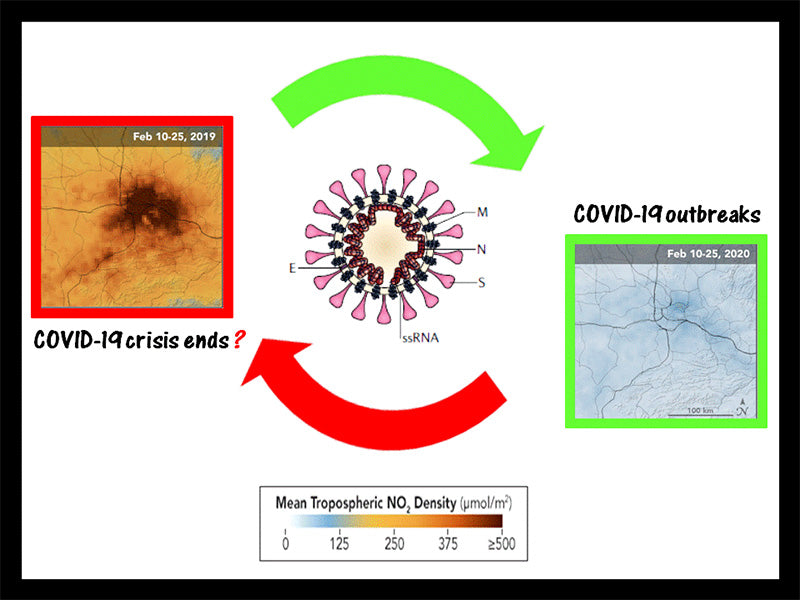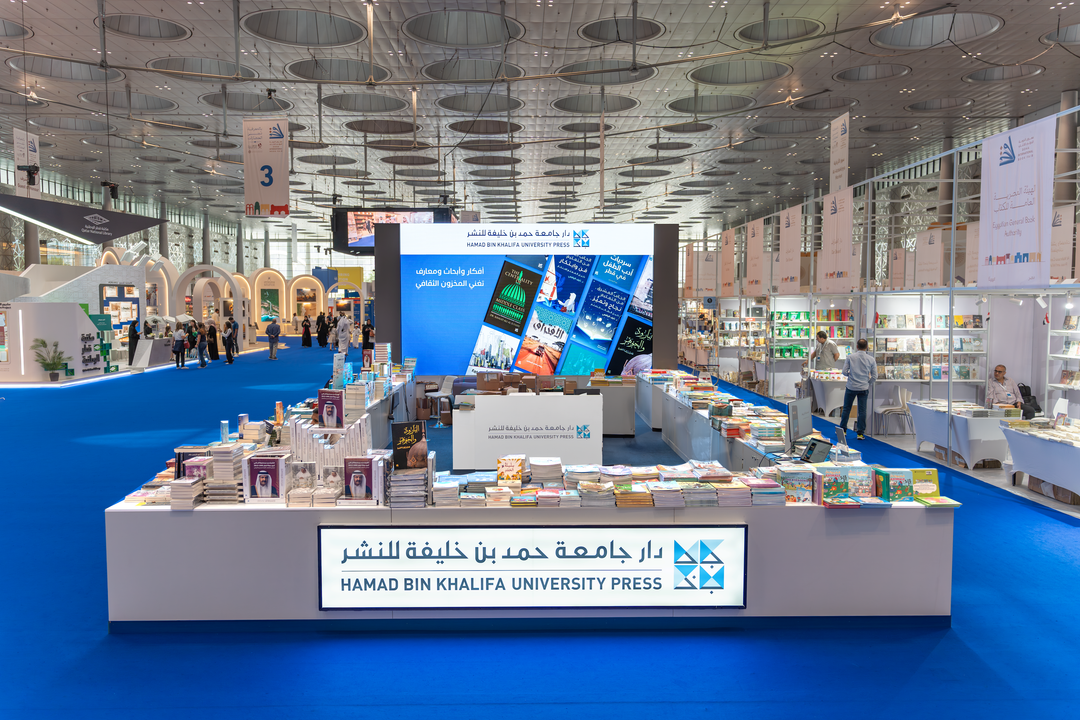Head of Journals and Academic Publishing at HBKU Press Publishes Research Highlighting Positive Environmental Impact of COVID-19

Hamad Bin Khalifa University Press’s Head of Journals and Academic Publishing, Dr. Rima J. Isaifan, has recently published what might be considered one of the first research articles that examines the environmental impact of COVID-19
“As devastating as this pandemic has proven to be, it is important to examine all of the various impacts that the disease is having on our societies and on the environment,” Dr. Isaifan explains.
The article, titled The dramatic impact of Coronavirus outbreak on air quality: Has it saved as much as it has killed so far? published in the Global Journal of Environmental Science and Management, reports on the first case study that compares the air quality status before and after the crisis.
The negative impacts of the virus obliged the World Health Organization (WHO) to declare the COVID-19 epidemic as a Public Health Emergency of International Concern. Despite this declaration, the rate of mortality of the infection had not exceeded 3.4 percent globally, as of March 11, 2020, when the Global Journal of Environmental Science and Management evaluated Dr. Isaifan’s article. On the other hand, the mortality rate caused by ambient air pollution has contributed to 7.6 percent of all deaths worldwide from 2016 and onwards.
The research examines ground zero of the outbreak of COVID-19 in China. Upon the significant spike in cases, the country was forced to lockdown its industrial activities in an effort to contain the spread. This resulted in a drop of its nitrogen oxide and carbon emissions by 30 and 25 percent respectively, as shown by National Aeronautics and Space Administration’s satellite images.
In this study, facts relating to the demographics of deaths by gender, age and health status before and after the infection are compared. The rate of mortality due to COVID-19 (obtained from the Situation Reports published by the WHO as of March 11, 2020) was impacted by two factors: age and health status. Results show that 75 percent of deaths were related to cases in which people had underlying diseases with the majority aged of 80 years old and above.
The reported figures were then compared with the average daily mortality due to poor air quality which reached up to 3,287 deaths due to high levels of nitrogen oxide and ozone and particulate matter (PM) emissions. The air quality status before the crisis was then compared with the current situation. Essentially, Dr. Isaifan's research purports that the lockdown of industrial and anthropogenic activities during the pandemic may have actually saved lives as it reduced ambient air pollution which had previously caused many health issues and deaths, more so than COVID-19 had at the time of publication.
“As the world continues to grapple with this crisis, research is mainly focused on COVID-19 from a medical and economic standpoint,” Dr. Isaifan continues. “But if the dramatic decrease in air pollution as a result of COVID-19 teaches us anything, it is that if people live in environments with better air quality, they will less likely suffer from pulmonary and cardiovascular diseases. And in turn, if there ever is a global pandemic, less people will die due to complications caused by pollution-related health issues.
“My research is all very preliminary, and as the global COVID-19 death toll continues to rise it will need to be revisited. When this is all over, will COVID-19 deaths overtake pollution-related deaths? Can we determine how many COVID-19 deaths were related to health complications resulting from pre-existing health conditions caused by air pollutants? Had we as a society invested more in safety measures when it comes to air contaminants, could we have curbed the devastating impact of the virus? These are all important questions that we must look into in as the situation develops.”
Dr. Rima J. Isaifan received her Ph.D. in Chemical Engineering from the University of Ottawa in Canada in 2014. She has been Head of Journals and Academic Publishing at Hamad Bin Khalifa University Press since 2019. Her current research focuses on the characterization of air pollutants, their source apportionment and the estimation of health impact and burden of disease for short-term and long-term exposure to air pollution.
In addition to her main role as Head of Journals and Academic Publishing at HBKU Press, she holds a joint faculty appointment at Hamad Bin Khalifa University’s College of Science and Engineering and is a member of the Environmental Health Task Force at the Ministry of Public Health in Qatar.
To read the article in its entirety, please visit https://www.gjesm.net/article_38731_ce934b1ecce169c8cc224000a14518f8.pdf






